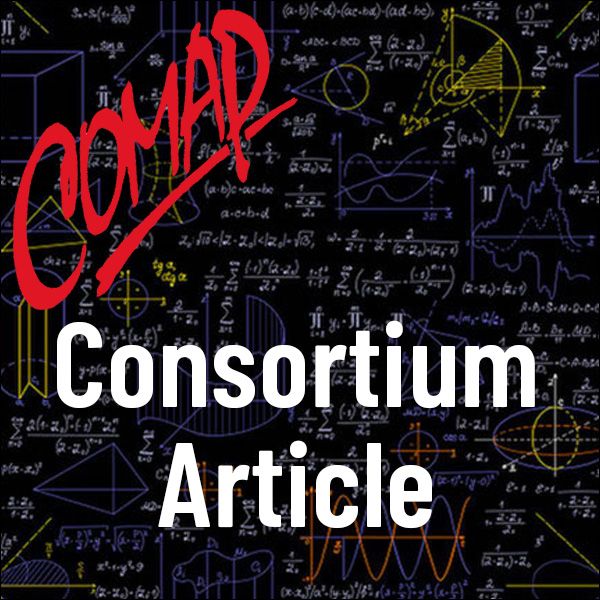A General Education Course From Primary Historical Sources
Author: Jerry Lodder
Introduction
General education courses at colleges and universities in the United States have been a requirement for some time now. For non- STEM (Science, Technology, Engineering and Mathematics) majors, very often a course in quantitative reasoning, i.e., mathematics, is required.
While a variety of textbooks with a robust selection of material have arisen to meet this need, we describe a course in general education taught from primary historical sources, beginning with the ancient Greek text Introduction to Arithmetic [7, 8], written by Nicomachus of Gerasa (first century CE). This text is used to study the construction and computation of certain figurate numbers, which count the number of dots in regularly shaped figures, such as triangles, squares, pyramids, etc.
In his figures, Nicomachus often uses an alpha (a), the Greek symbol for the number one, in place of a dot. The course continues with patterns among these numbers stated verbally by Pierre de Fermat (1601-1665) in letters to Marin Mersenne (1588-1648) and Gilles Persone de Roberval (1602-1675) [6].
Finally Blaise Pascal's (1623-1662) arrangement of certain figurate numbers (the binomial coefficients) into one table, known as Pascal's triangle, is studied from Pascal's original paper "Treatise on the Arithmetical Triangle" [9, 10] in English translation. These sources are particularly ripe for pattern recognition and a discussion about the reasoning process needed to justify when a pattern continues.

Mathematics Topics:
Application Areas:
You must have a Full Membership to download this resource.
If you're already a member, login here.